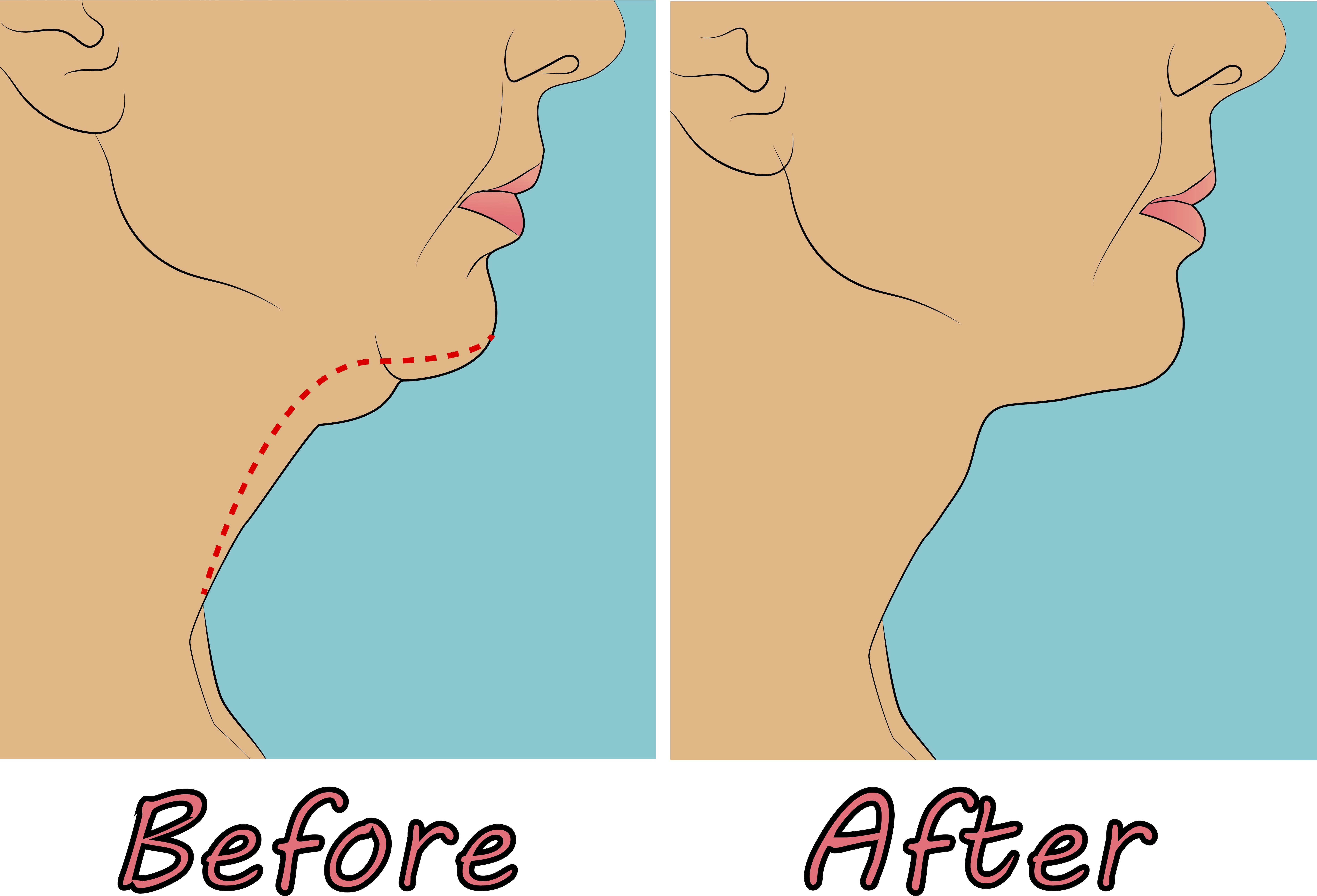
Dr. Menachof, MD, FACS has performed thousands of facial plastic surgery procedures in over 20 years of experience. He has been recognized as a Fellow by multiple academies, named one of America’s Top Facial Plastic Surgeons continually since 2003 and is featured in multiple national publications.
If you are dissatisfied with your facial volume, structure or the elasticity of your facial skin and want to fix these issues, it’s important to educate yourself about the available options, such as a facelift. An experienced surgeon will be able to recommend a solution for your specific facial needs, but it’s important that you choose the right surgeon to make sure you’re getting the right information. It helps to be familiar with the various types of procedures by preparing before your initial consultation,
How Does a Facelift Work?
A successful facelift restores youthful features that have been lost as the face and neck begin to age. The muscles and tissues overlying your facial structure can begin to loosen and sag over time, but there are many types of facelift procedures that can make the face appear younger. The facelift process can be done in several different ways. We have outlined the different types of facelifts below, both surgical and non-surgical, along with procedural details and healing expectations to help you make a more informed decision.

Surgical Facelift Options
Surgical facelift procedures are long-lasting and are the more permanent solution to saggy facial skin and weak underlying tissues.
Deep Plane Facelift
The deep plane facelift is a long-term solution for those with intense facial sagging, providing a dramatic lift to the mid-face area for 10-15 years. This procedure is the most comprehensive facelift solution, producing beautiful results while minimizing scarring, complications, and evidence of operation.
How does a deep plane facelift work?
During the deep plane procedure, the surgeon enters the deep plane below the superficial musculoaponeurotic system (SMAS), which is a layer beneath the skin near the muscles used for smiling and frowning. Releasing the SMAS layer from both the facial skin and deep plane layers allows the surgeon to reposition the SMAS layer, bringing a more youthful look back to the face and neck.
Deep plane facelift recovery is about three to four weeks, and patients tend to experience bruising and swelling in the days immediately following the procedure. Another advantage of the procedure is that the deep plane facelift scars are relatively unnoticeable.
SMAS Facelift
Like the deep plane facelift, the SMAS facelift is a deep-style facelift focused on repositioning the most important layer of facial muscle, which tightens the skin in the middle of the face.
How does an SMAS facelift work?
During an SMAS facelift procedure the surgeon removes excess skin and uses sutures to tighten the SMAS layer. This produces a younger look by reversing sagging in the jowls, cheeks and neck. The surgeon does not release the SMAS layer from the deep plane in this procedure, but results are still long-lasting.
SMAS facelift recovery times vary. Most are performed as outpatient procedures and the patient is able to go home the same day. Like the deep plane facelift, the swelling and bruising will typically recede in about two to three weeks’ time. Patients can slowly return to full activity and should be fully recovered in 3-4 weeks.
Mini Facelift
The mini facelift focuses on eliminating sagging in the cheeks and jowls, perfect for those looking for a less invasive procedure with a quicker recovery time. Mini facelift scars are short and unnoticeable. Always check with an experienced surgeon before choosing a specific procedure, but if you’re primary issue is moderate facial sagging, the mini facelift could be your best option.
What is the difference between a mini facelift and a full facelift?
The primary difference between a mini and full facelift is that a full facelift like a deep plane or SMAS facelift focuses on tightening all facial skin and moving the underlying tissues, while the mini facelift focuses on the jowls and neck area specifically. Both procedures can give the face a more smooth, youthful volume, but a mini facelift is less invasive and leaves less noticeable scarring than a full facelift.
How does a mini facelift work?
To perform a mini facelift, the surgeon makes incisions just above the ears in your natural hairline or ear crease, then lift the skin from the facial muscles, remove excess skin and fat, and tighten the SMAS. The overall result is a tighter facial appearance with reduced sagging along the jawline. Patients can return to work about one week to ten days after the procedure.
Mid Facelift
The mid facelift is a deep-style lift, focusing on the central area of the face such as the cheeks and eyelids. Good candidates for mid facelifts are those without severe sagging in the neck and chin areas, as this procedure is designed to improve sagging around the cheeks and eyes.
How does a mid facelift work?
Surgeons can use an endoscope to perform mid facelifts in order to directly view and operate on the layer of tissue directly above the facial skeleton, or they can use the common facelift technique. Mid facelifts utilize small incisions and typically feature a quick recovery time of one to two weeks.
Cheek Lift
Similar to the mid facelift, the cheek lift focuses on the lower eyelids and cheeks. Cheek lifts bring about a youthful appearance by making the cheeks fuller, removing puffiness from the lower eyelids, and smoothing nasal folds between the nose and mouth.
How does a cheek lift work?
Cheek lifts remove the unwanted tired appearance from the face by making small incisions to tighten the skin in selected areas to accentuate the cheeks. Swelling from the procedure can subside in a day or two, while overall cheek lift recovery takes 2-3 weeks. Scarring is moderate, but surgeons keep scars mostly hidden by hairlines and other facial features.
Non-Surgical Facelift Options
The following non-surgical solutions could be the right solution for you if you are experiencing early signs of aging and aren’t ready for a full facelift procedure. Non-surgical procedures tend to cost less than surgical procedures and have a shorter recovery time.
Liquid Facelift – Facial Fillers
A liquid facelift is a non-surgical procedure during which the surgeon will strategically inject a facial filler into the patient’s face. Adding this liquid beneath the skin brings back volume and reduces wrinkles, creases and skin drooping. A liquid facelift doesn’t last as long as other options, but it can be maintained with additional injections every year or two. There is no recovery time after this procedure, with patients being able to resume normal activity within several hours of the injection.
Know Your Options and Trust Your Surgeon
Having a facelift procedure done is a big deal. It’s important to understand the differences between the many types of treatment options when making an educated decision. Make sure you find an experienced facial surgeon you can trust, then consult them for professional advice on which option is best for you. Communicate your facial needs and desires, and they’ll explain each procedural process along with what to expect after the procedure.
This blog was originally posted in July of 2018 and has been reposted in 2021 with updated information.




